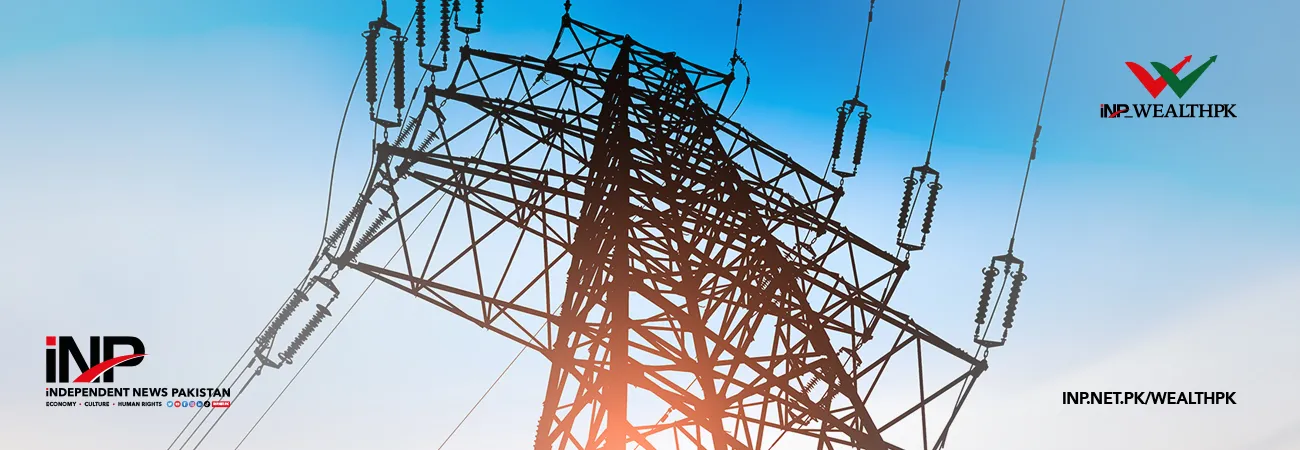INP-WealthPk
Amir Saeed
Shifting from captive power generation to reliance on the national grid can undermine industrial competitiveness. It poses significant economic and logistical challenges for the industries struggling with the high energy costs and infrastructure limitations.

Talking to WealthPK, Shafqat Hussain Memon, an energy researcher at the Mehran University of Engineering and Technology (MUET), highlighted that the Power Division’s proposal to push the industries to move from captive power generation to the national grid was based on addressing the country’s declining electricity demand. “The intention is that bringing more industrial users onto the grid will help spread the fixed costs of electricity infrastructure, reducing the capacity charge per unit of power consumed. However, this strategy overlooks the significant challenges and potential drawbacks that could arise from such a transition.”
He further highlighted that many industries currently relied on the captive power systems, such as the combined heat and power (CHP) plants, which provide higher energy efficiency compared to the national grid. These plants are the best option for numerous industrial operations, as they can generate both heat and electricity at the same time. “The shift to the national grid might lead to the higher energy costs for the industries that are accustomed to the efficiency of their power systems.
Furthermore, with the excess RLNG consumption already a pressing issue, shifting from captive power generation to the grid could exacerbate this problem, raising costs for the domestic consumers and further worsening the gas circular debt.” He pointed out that transition to the grid was not a simple procedure for industries, as many businesses had invested heavily in their energy infrastructure, including the CHP plants, and had long-term servicing contracts with the generator suppliers. Moving to the national grid would require costly grid installations, machine conversions, and compliance with new regulations.
“The financial burden of these adjustments could be substantial, particularly for the industries already facing economic pressures. The cost of shifting to the grid may outweigh any potential savings from the lower electricity tariffs.” Talking to WealthPK, Dr Anwar Shah, a development economic researcher at the Quaid-e-Azam University Islamabad, opined that the national grid’s ability to handle the extra demand resulting from the termination of captive power generation had not been thoroughly tested.
“The push for this transition could strain the existing infrastructure, potentially leading to blackouts or other disruptions in service, which would further harm industrial productivity. In a country already grappling with the energy supply challenges, relying on the grid for a significant portion of industrial power could lead to reliability issues that could hurt the country’s competitiveness on the global stage,” he emphasized. He further opined that the shift might result in higher product pricing for numerous industries, which would reduce their ability to compete in domestic and global markets.
The industries that rely on energy-intensive processes, such as chemicals or steel manufacturing, would be particularly vulnerable to these price increases. “However, the Power Division’s focus on grid reliance can unintentionally make the energy supply problems worse. The industry’s growing dependence on the national grid might lead to more imbalances, as it is already under strain from a varying demand and limited generation capacity. The energy sector has been plagued by inefficiencies and lack of infrastructure investment, and shifting the industrial users to the grid may expose or even worsen these underlying issues.”
“Implementation of differential variable pricing is one feasible approach to enhance energy pricing in Pakistan. Currently, Pakistan has a uniform energy pricing structure, which does not align with the pricing models used in many other countries. The government should adopt differential pricing, as the country has developed several low-cost energy projects, including nuclear and coal plants. These projects have the potential to reduce the energy costs in certain regions, making it more efficient and fairer to adjust pricing based on local production costs,” the QAU researcher added.
Credit: INP-WealthPk













